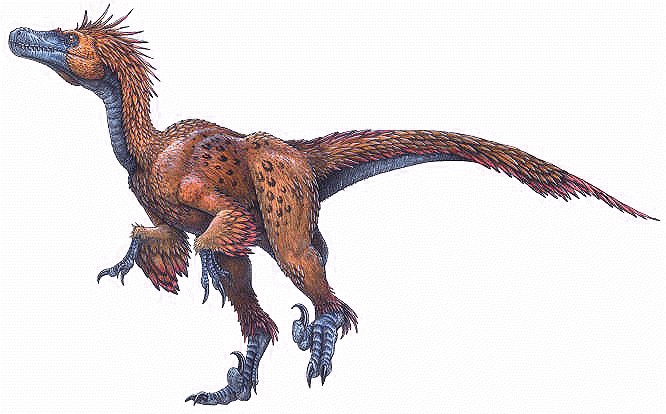Post by Deleted on Oct 3, 2013 1:12:41 GMT 5
Mackenzie Valley Wolf-Canis lupus occidentalis
The Mackenzie Valley Wolf (Canis lupus occidentalis) is perhaps the largest subspecies of Gray Wolf in North America, males averaging between 100 and 145 pounds (45 - 65 kg). The Mackenzie Valley Wolf has a specialized body that has made it one of the world's most efficient hunters. Its powerful neck is a very important adaptation: it has to be strong to support the wolf's large head and is crucial for bringing down prey. The skull is 31cm (12 inches) long and is armed with an impressive array of large canines and carnassial teeth which, when coupled with huge jaw muscles that are evident from the large sagittal crest and wide zygomatic arches, give it an incredible biteforce that is strong enough to break the bones of prey and even crack the femur of moose. The majority of the Mackenzie Valley Wolf's prey includes wood bison, muskox, moose, caribou, deer, and elk. Mackenzie valley wolves introduced into Yellowstone have taken down adult Bison, the largest wild bovid, proving their success and adaptability in a whole new environment.

Deinonychus antirrhopus
Based on the largest known specimens, Deinonychus could reach 3.4 meters (11.1 ft), with a maximum skull length of 410 mm (16.4 in), a hip height of 0.87 meters (2.85 ft), a maximum weight of 73 kilograms (161 lb). Its skull was equipped with powerful jaws lined with around sixty curved, blade-like teeth. Studies of the skull have progressed a great deal over the decades. Ostrom reconstructed the partial, imperfectly preserved, skulls that he had as triangular, broad, and fairly similar to Allosaurus. Additional Deinonychus skull material and closely related species found with good 3D preservation show that the palate was more vaulted than Ostrom thought, making the snout far narrower, while the jugals flared broadly, giving greater stereoscopic vision. The skull of Deinonychus was different from that of Velociraptor, however, in that it had a more robust skull roof like that of Dromaeosaurus, and did not have the depressed nasals of Velociraptor. Both the skull and the lower jaw had fenestrae (skull openings) which reduced the weight of the skull. In Deinonychus, the antorbital fenestra, a skull opening between the eye and nostril, was particularly large.

The Mackenzie Valley Wolf (Canis lupus occidentalis) is perhaps the largest subspecies of Gray Wolf in North America, males averaging between 100 and 145 pounds (45 - 65 kg). The Mackenzie Valley Wolf has a specialized body that has made it one of the world's most efficient hunters. Its powerful neck is a very important adaptation: it has to be strong to support the wolf's large head and is crucial for bringing down prey. The skull is 31cm (12 inches) long and is armed with an impressive array of large canines and carnassial teeth which, when coupled with huge jaw muscles that are evident from the large sagittal crest and wide zygomatic arches, give it an incredible biteforce that is strong enough to break the bones of prey and even crack the femur of moose. The majority of the Mackenzie Valley Wolf's prey includes wood bison, muskox, moose, caribou, deer, and elk. Mackenzie valley wolves introduced into Yellowstone have taken down adult Bison, the largest wild bovid, proving their success and adaptability in a whole new environment.

Deinonychus antirrhopus
Based on the largest known specimens, Deinonychus could reach 3.4 meters (11.1 ft), with a maximum skull length of 410 mm (16.4 in), a hip height of 0.87 meters (2.85 ft), a maximum weight of 73 kilograms (161 lb). Its skull was equipped with powerful jaws lined with around sixty curved, blade-like teeth. Studies of the skull have progressed a great deal over the decades. Ostrom reconstructed the partial, imperfectly preserved, skulls that he had as triangular, broad, and fairly similar to Allosaurus. Additional Deinonychus skull material and closely related species found with good 3D preservation show that the palate was more vaulted than Ostrom thought, making the snout far narrower, while the jugals flared broadly, giving greater stereoscopic vision. The skull of Deinonychus was different from that of Velociraptor, however, in that it had a more robust skull roof like that of Dromaeosaurus, and did not have the depressed nasals of Velociraptor. Both the skull and the lower jaw had fenestrae (skull openings) which reduced the weight of the skull. In Deinonychus, the antorbital fenestra, a skull opening between the eye and nostril, was particularly large.












